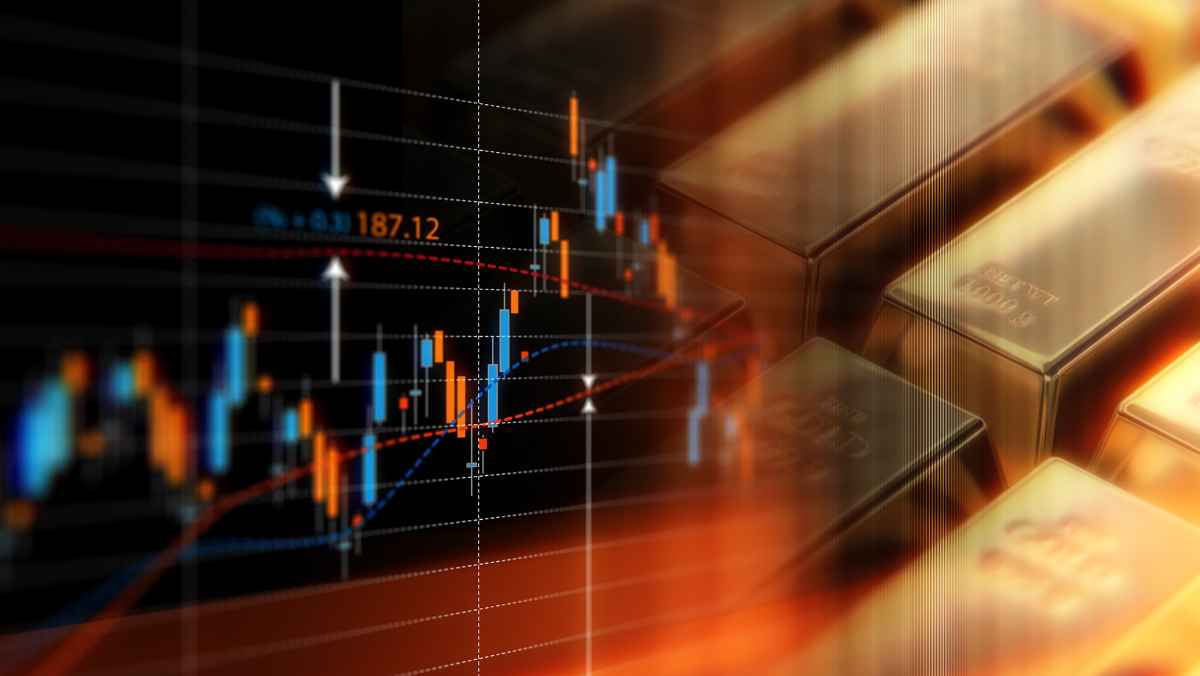Thursday May 4 2023 11:21

7 min

Price slippage is a phenomenon that effects traders of all levels and is all but unavoidable when it comes to executing a moderate to high level of trades in a given period. This introductory piece will explore the concept of price slippage and its effect on traders. By understanding what slippage is, traders can gain valuable insight into how their trades are performing and the associated risk. The article will explain the concept of price slippage and how it affects trading outcomes, as well as offer examples of the degree of slippage one might experience while trading.
Price slippage is not something traders can predict, as market conditions and trading times can fluctuate unpredictably. Even so, with knowledge of the concept, a trader can more accurately calculate the risks of price slippage when trading. This article will help you to better understand what slippage is and the effects it can have on a trade. It will offer practical examples to help demonstrate the degree of slippage to expect when trading.
The ‘textbook’ definition of price slippage is, ‘the difference between the expected price of a trade and the price at which the trade is executed’. Price slippage is a common occurrence in trading and is ultimately unavoidable for traders. Particularly for a standard market order, there is a high probability that slippage will occur, and this is expected as a trade-off for speed of execution. A market order will be executed at whatever the market price is at that moment which, depending on the asset class, can be subject to a high degree of volatility. Price slippage is more common in highly volatile markets, where there are sudden and significant changes in the price of an asset.
Ask Price slippage can be positive or negative, depending on whether the trade was executed at a better or worse price than expected. Positive slippage occurs when a trade is executed at a price better than the expected price, resulting in higher profits for the trader. Negative slippage, on the other hand, occurs when a trade is executed at a worse price than expected, resulting in lower profits or even losses for the trader.
This difference can occur due to a variety of reasons, such as market volatility, liquidity issues, or delays in order execution. One of the main reasons for price slippage is market volatility. When there is a sudden surge in demand or supply for an asset, the market can experience a significant price
movement that may not be reflected in the price at which an order is executed. This can result in slippage as traders are forced to execute orders at prices that differ from their expected prices.
Additionally, during times of high market volatility or sudden news events, liquidity can dry up quickly, making it even harder to execute trades at desired prices. This can be particularly problematic for traders who use stop-loss orders, as slippage can cause them to incur greater losses than anticipated. Therefore, it is important for traders to be aware of liquidity conditions in the market and adjust their trading strategies accordingly.
Delays in order execution can also lead to price slippage. Order execution delays can happen due to various reasons such as network connectivity issues or high volumes of order traffic. The impact of these delays on price slippage can be even more pronounced when trading with high frequency or in markets with low liquidity. To minimize the risk of order execution delays, traders can consider using direct market access (DMA) or automated trading systems that can execute orders in milliseconds. However, it's important to note that automated trading systems can also be prone to errors or malfunctions, which can lead to unexpected losses. Therefore, it's important for traders to carefully monitor their orders and have contingency plans in place in case of unexpected events.
We know that price slippage occurs due to various factors such as market volatility, liquidity, and order size. However, the level of price slippage that one should expect depends on several factors as well.
The liquidity of the asset being traded is a crucial factor in determining the level of price slippage. Assets with high liquidity, like major currency pairs, tend to have lower price slippage compared to less liquid assets such as penny stocks. This is because the higher liquidity provides a larger pool of buyers and sellers, leading to tighter bid-ask spreads and lower price slippage. The size of the order also plays a vital role in determining the extent of price slippage. Large orders require more market liquidity to execute, leading to higher price slippage compared to smaller orders. This is because large orders can exhaust the available liquidity and cause price movements.
Market volatility is another factor that can affect price slippage. During periods of high volatility, bid-ask spreads tend to widen, leading to higher price slippage. This is because traders become hesitant to enter the market, leading to reduced liquidity and wider spreads. Lastly, the trading platform and broker used can also affect price slippage. Some brokers offer tighter spreads and faster execution times, leading to lower price slippage, while others may not.

To strategize for price slippage, there are a few key steps that traders can take:
Use limit orders: A limit order allows traders to specify the maximum price they are willing to pay for a particular asset, or the minimum price they are willing to sell it for. By using limit orders, traders can avoid the risk of buying or selling at a less favorable price than they had intended.
Monitor market conditions: Traders should keep a close eye on market conditions, including news events and technical indicators, to anticipate potential price movements. This can help them make informed trading decisions and adjust their strategies as needed.
Diversify their portfolio: Holding a diversified portfolio of assets can help traders mitigate the impact of price slippage on their overall portfolio. By spreading their investments across different asset classes, sectors, and geographies, traders can reduce their exposure to any single asset or market.
Use risk management tools: Traders can use a variety of risk management tools, such as stop-loss orders and trailing stops, to limit their potential losses in the event of price slippage. These tools allow traders to automatically exit a position if the price moves against them, helping to minimize their losses.
Overall, strategizing for price slippage requires a combination of vigilance, diversification, and risk management. By taking these steps, traders can help protect their portfolios and capitalize on opportunities in volatile markets